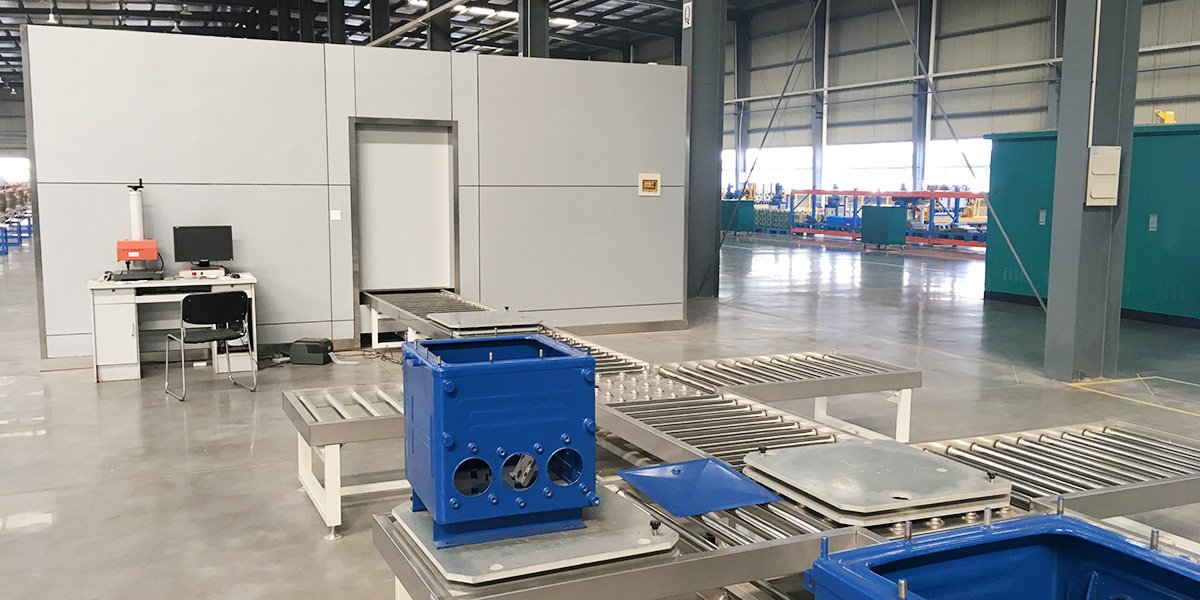Electrical Circuit Breaker Production and Testing Equipment

The production and testing equipment for electrical circuit breakers is a range of mechanical and electronic devices specifically designed for manufacturing and evaluating circuit breakers used in power systems. These devices are engineered and configured to ensure the manufacturing quality, performance, and reliability of circuit breakers, meeting stringent safety and operational standards.
Production Equipment
The production equipment typically includes several key processes:
- Raw Material Processing: This involves cutting, stamping, bending, and other processes to shape metal sheets into the casing and internal components of the circuit breaker.
- Assembly Line: Automated assembly lines are used to piece together various parts into a complete circuit breaker, including the assembly of mechanical parts, installation of electronic components, and the combination of the overall structure.
- Welding and Fixing: Advanced welding techniques and equipment are employed to ensure the secure connection of the various components of the circuit breaker.
- Surface Treatment: Processes such as painting and coating are included to enhance the corrosion resistance and aesthetic quality of the circuit breaker.
Testing Equipment
The testing equipment is used to ensure that the circuit breaker meets all performance and safety requirements before leaving the factory, mainly including:
- Electrical Performance Testing: Tests the insulating strength, conductivity, and breaking capacity of the circuit breaker to ensure its electrical safety and reliability during actual use.
- Mechanical Performance Testing: Checks the mechanical strength and operational lifespan of the circuit breaker, including the number of operations and force tests of the switch.
- Environmental Simulation Testing: Simulates various environmental conditions (such as high temperature, low temperature, humidity, etc.) to test the performance and durability of the circuit breaker under extreme conditions.
- Safety Testing: Ensures that the circuit breaker can safely interrupt the circuit under various fault conditions to prevent fire and electric shock accidents.
